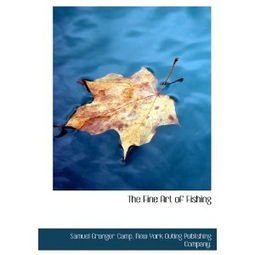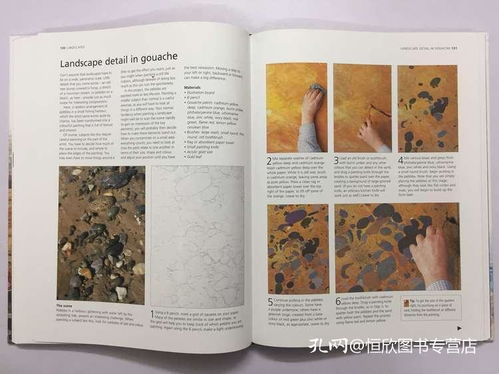In the serene embrace of nature, where the whispers of the woods meet the gentle lull of a flowing stream, lies the ancient and enchanting practice of moss fishing. This traditional method, steeped in history and simplicity, involves using a natural moss as bait to catch fish. In this article, we will delve into the art of moss fishing, exploring the methods and技巧 that can turn even the most novice angler into a proficient moss fisher.
Understanding the Basics of Moss Fishing
Moss fishing is a method that has been used for centuries, primarily in Asia and certain parts of Europe. The technique relies on the unique properties of moss, which is known to attract fish due to its natural buoyancy and ability to disperse in the water, creating a natural feeding pattern.
Choosing the Right Moss
The first step in successful moss fishing is selecting the right type of moss. The most commonly used moss for fishing is the Sphagnum moss, also known as peat moss. This type of moss is not only effective in attracting fish but is also readily available in many parts of the world.
To collect the moss, you can either purchase it from a garden center or forage for it in a forested area. When foraging, look for areas where the moss is thick and lush, as this indicates a high concentration of nutrients that are attractive to fish.
Preparing the Moss
Once you have your moss, it needs to be prepared. The moss should be cleaned thoroughly to remove any debris or dirt. This can be done by gently washing the moss in a stream or running water. After cleaning, allow the moss to dry slightly before using it as bait.

To make the moss more appealing to fish, you can add a small amount of fish oil or other fish attractants. This will not only enhance the moss's attractiveness but will also help in maintaining its buoyancy.
The Art of Casting
Casting the moss is a delicate skill that requires practice. The key is to cast the moss gently and accurately so that it lands in the water with minimal disturbance. Here are some casting tips:
- Hold the Line Firmly: Keep a firm grip on the line, but avoid pulling too tightly, as this can disrupt the casting motion.
- Use a Gentle Motion: Swing the rod with a smooth, gentle motion, allowing the moss to glide through the air with minimal force.
- Adjust for Wind: If there is wind, adjust your casting technique to account for the direction and strength of the wind.
- Land the Moss Gently: Aim to land the moss on the water's surface with a soft touch, avoiding any loud splashes or disturbances.
The Waiting Game
Once the moss is in the water, the waiting game begins. Moss fishing requires patience, as it can take some time for fish to notice the bait. It's important to stay still and quiet, as sudden movements or noises can scare away potential catches.
Tips for Successful Fishing
- Choose the Right Location: Fish are more likely to congregate in areas with plenty of vegetation and structure, such as logs, rocks, or dense underbrush.
- Use Live Moss: Live moss is more effective than dried moss, as it moves naturally in the water and is more likely to attract fish.
- Adjust the Depth: Experiment with different depths to see where the fish are most active. You can do this by gently moving the moss up and down in the water column.
- Be Observant: Pay attention to the water's surface. Fish may approach the moss from different angles, so be ready to set the hook at any moment.
Conclusion
Moss fishing is a traditional method that combines the beauty of nature with the thrill of angling. By understanding the basics, selecting the right moss, mastering the casting technique, and being patient, anyone can enjoy the rewards of moss fishing. So, pack your rod, gather some moss, and embark on a journey that will undoubtedly leave you with unforgettable memories and a deeper appreciation for the wonders of the natural world.












